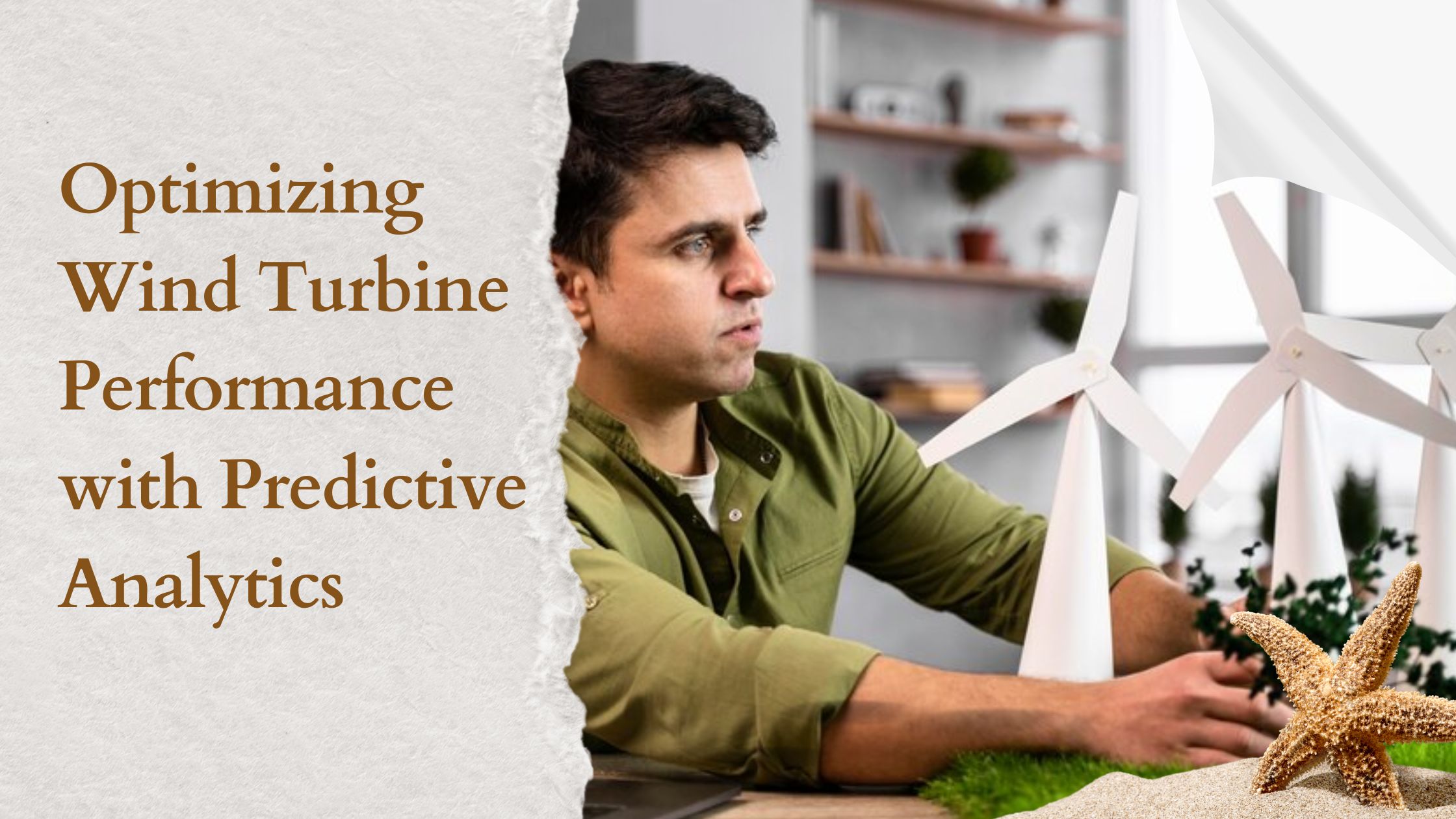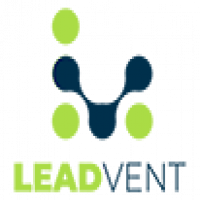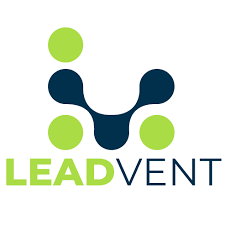Optimizing Wind Turbine Performance with Predictive Analytics

Strong 8k brings an ultra-HD IPTV experience to your living room and your pocket.
Predictive analytics uses machine learning (ML), artificial intelligence, and data science to analyze large datasets, identify trends, and forecast potential future issues. For wind turbines, predictive analytics leverages sensor data, weather patterns, and historical records to predict failures or inefficiencies before they occur.
This enables organizations to address maintenance needs proactively, reducing unplanned downtime and operational costs while maximizing energy production.
Why Predictive Analytics is Crucial for Wind Turbines?
1. Minimizing Unplanned Downtime
Wind turbines face harsh conditions where minor issues can lead to costly repairs. Predictive analytics uses SCADA system data to detect early anomalies, allowing for quick fixes before problems escalate and ensuring uninterrupted power generation.
2. Reducing Operational and Maintenance Costs
Unplanned maintenance is costly and disrupts energy production. Predictive analytics helps operators schedule maintenance during low-demand periods or good weather.
3. Enhancing Turbine Lifetime and Reliability
AI analytics monitors key turbine components like blades and gearboxes to catch wear and tear early, extending the lifespan of critical parts.
4. Improving Energy Output
Predictive analytics optimizes operation by balancing functionality with environmental factors like wind speed and temperature. For example, adjusting blade pitch based on weather data can boost energy output.
How Predictive Analytics Works in Practice?
1. Data Collection with IoT Sensors
Modern wind turbines use IoT sensors to track vibration, temperature, torque, and performance metrics.
2. Real-Time Data Analysis
AI analyzes this data to detect irregular patterns, like inconsistent gearbox vibrations, signaling potential failure.
3. Proactive Maintenance
When an issue is detected, operators are alerted to ensure timely, cost-effective maintenance.
4. Continuous Optimization
Machine learning improves over time, enhancing its predictive accuracy as more data is processed.
Applications Across Business Functions
Predictive analytics in wind energy spans beyond maintenance. It impacts a variety of business functions, including:
- Asset Management: Algorithms determine which turbines need priority attention, helping companies allocate resources efficiently.
- Supply Chain Efficiency: Inventory for spare parts is updated based on real-time and predictive turbine needs, reducing supply chain bottlenecks.
- Customer Satisfaction: Improved reliability translates to consistent energy delivery, enhancing end-user satisfaction.
Case Study
GreenPowerMonitor, a DNV company, adopted predictive analytics to streamline wind farm management processes. By implementing AI-powered digital twin models, GreenPowerMonitor reduced turbine repair frequency by 23% and improved energy output consistency by 18%.
AI's Role in Driving Wind Energy Forward
Artificial intelligence has proven instrumental in enabling predictive analytics for wind energy. Advanced algorithms are applied to generate insights into every aspect of operations. For instance:
- Digital Twins:
Virtual replicas of that mirror wind turbines in real-time allow operators to test performance scenarios.
- Natural Language Processing (NLP):
AI systems equipped with NLP evaluate maintenance reports and technical data for actionable insights.
Upcoming Wind Energy Event 2025
For business professionals eager to deepen their insights into predictive analytics, attending the 6th Edition Windpower Data and Digital Innovation Forum 2025, scheduled for March 12–13 in Amsterdam, is a must. With over 30 speakers and 100 attendees, this hybrid event will cover advancements in data-driven maintenance, artificial intelligence in wind energy, and the latest innovations transforming turbine performance.
This wind energy event 2025 is the perfect opportunity to connect with industry leaders, explore new technologies, and gain actionable strategies for optimizing wind farm operations. Whether you're focused on digital transformation or enhancing turbine efficiency, this event offers a comprehensive platform to stay ahead in the renewable energy sector.
FAQs
Q1. What are the cost implications of implementing predictive analytics in wind farms?
While initial investments may include sensor upgrades and software integrations, predictive analytics can save significant costs long-term by minimizing downtime and unplanned maintenance.
Q2. How accurate is predictive analytics in detecting turbine issues?
The accuracy depends on the quality of the sensor data and the AI algorithms. Modern systems deliver up to 95% accuracy in predicting failures.
Q3. How soon can I see ROI after adopting predictive analytics?
The ROI often becomes evident within the first year, driven by reduced downtime, optimized maintenance schedules, and improved energy output.
The Future of Wind Energy Lies in AI
Predictive analytics is more than just a maintenance tool; it’s a roadmap to a more efficient, cost-effective, and sustainable wind energy future. For businesses, leveraging artificial intelligence in wind energy means capitalizing on data to stay competitive.
Interested in discussing how predictive analytics can revolutionize your wind farm? Mark your calendar and join innovators at the Windpower Data and Digital Innovation Forum 2025 in Amsterdam.
Note: IndiBlogHub features both user-submitted and editorial content. We do not verify third-party contributions. Read our Disclaimer and Privacy Policyfor details.







